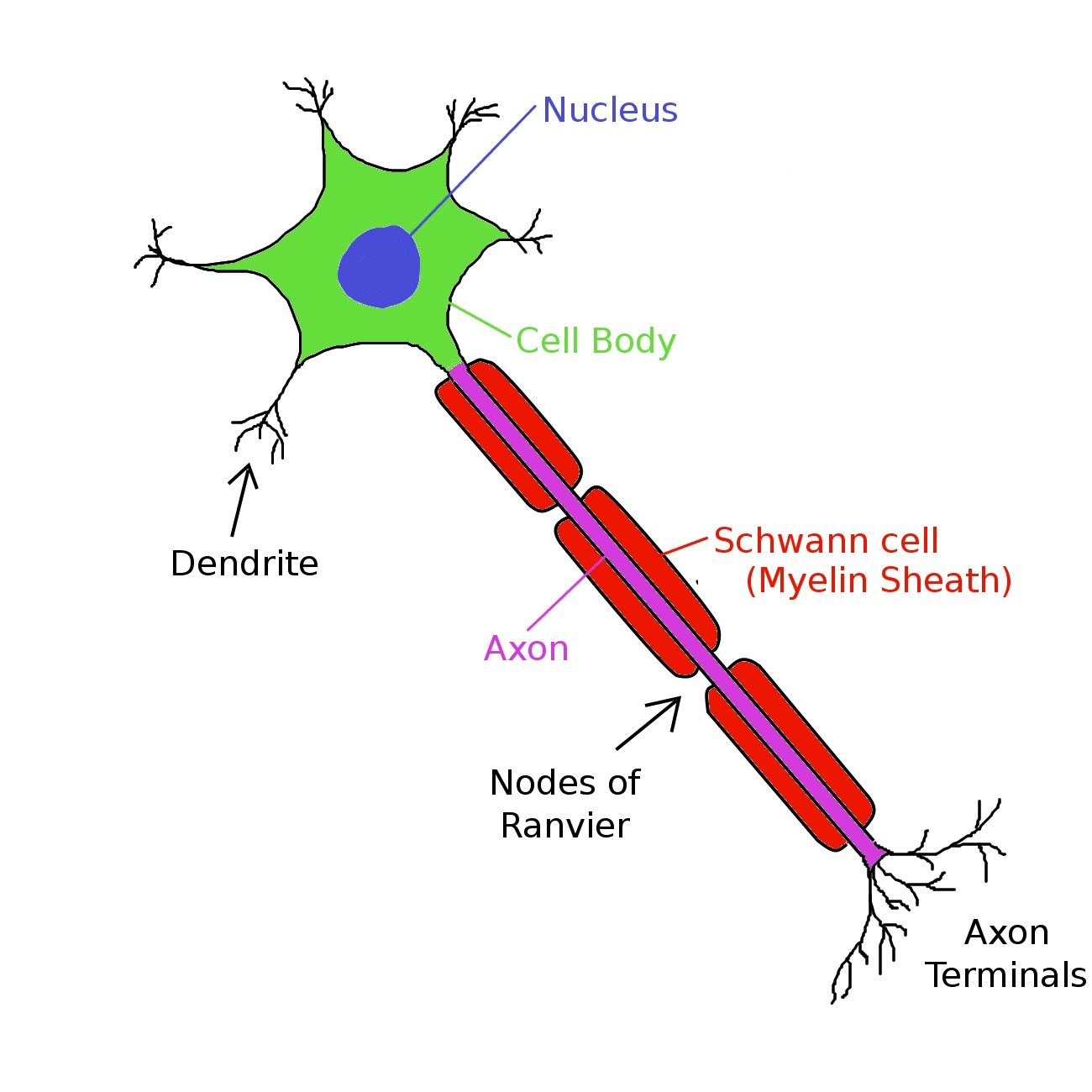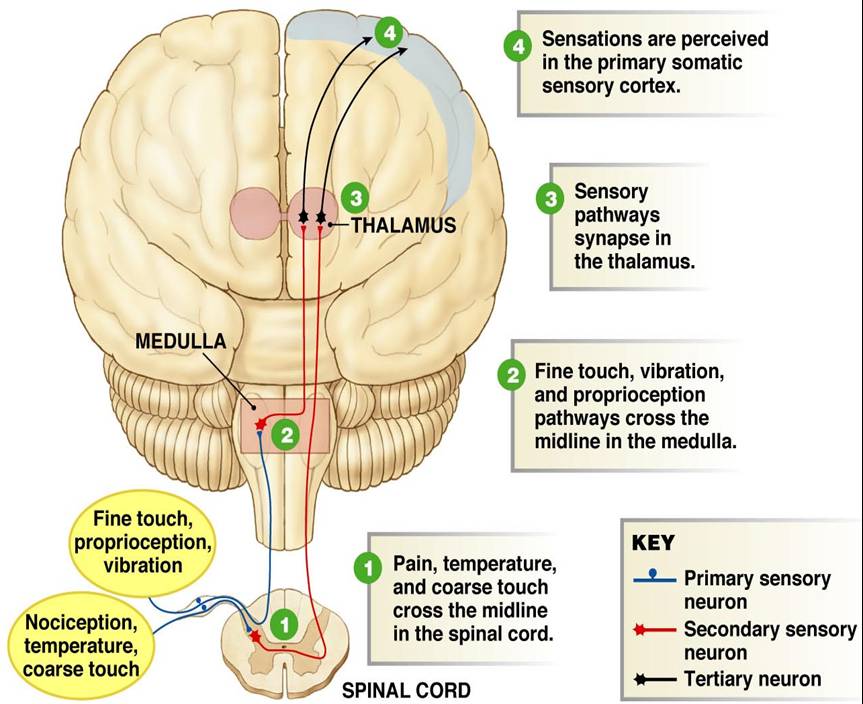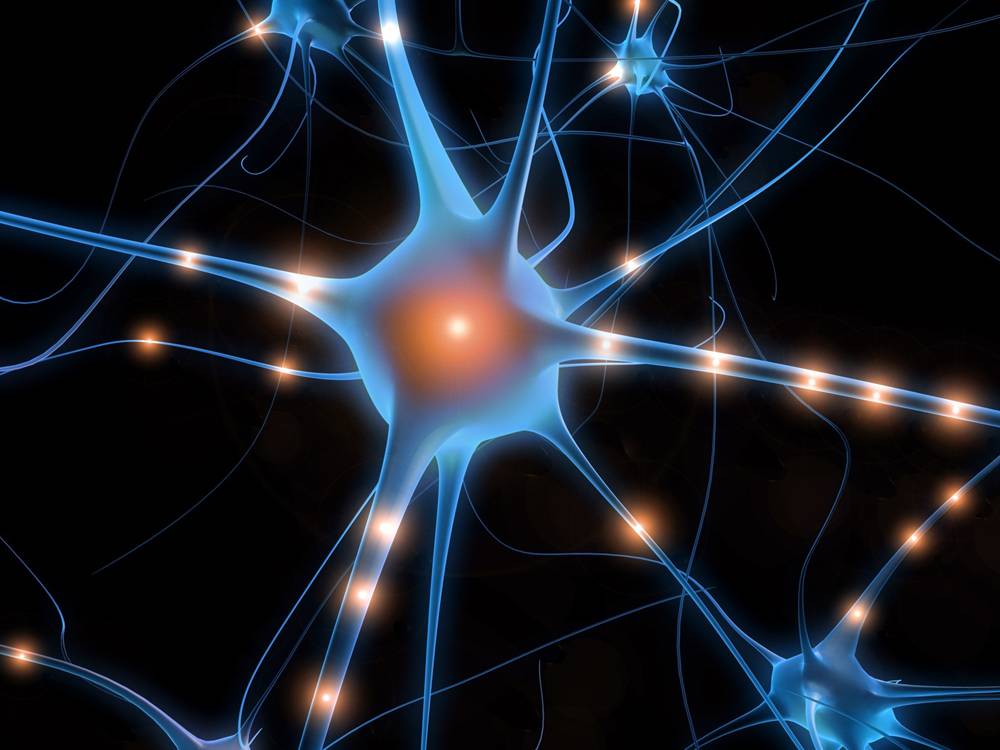Neural Pathway Presentation
| Introduction to Neural Pathways | ||
|---|---|---|
| Neural pathways are the routes through which information travels in our nervous system. These pathways consist of interconnected neurons that transmit signals between different parts of the body and the brain. Neural pathways play a crucial role in our ability to perceive, think, and coordinate movements. | ||
| 1 | ||
| Structure of Neural Pathways | ||
|---|---|---|
| Neural pathways are made up of axons, which are long, slender projections of neurons. Axons are bundled together to form nerves, allowing for efficient transmission of signals. The structure of neural pathways can vary in terms of size, complexity, and specialization. | ||
| 2 | ||
| Types of Neural Pathways | ||
|---|---|---|
| Sensory pathways transmit information from sensory organs to the brain, allowing us to perceive and interpret the world around us. Motor pathways send signals from the brain to muscles and glands, enabling us to perform voluntary movements. Association pathways connect different regions within the brain, facilitating complex cognitive processes such as memory, language, and problem-solving. | ||
| 3 | ||
| Transmission of Signals | ||
|---|---|---|
| Neural pathways transmit signals through electrical impulses called action potentials. Action potentials travel along the axons, which are insulated by a fatty substance called myelin, allowing for faster signal conduction. When an action potential reaches the end of an axon, it triggers the release of neurotransmitters into the synapse, facilitating signal transmission to the next neuron. | ||
| 4 | ||
| Plasticity of Neural Pathways | ||
|---|---|---|
| Neural pathways have the ability to change and adapt in response to experience and learning, a phenomenon known as neural plasticity. Plasticity allows for the formation of new connections between neurons and the strengthening or weakening of existing connections. Neural plasticity plays a crucial role in the development of skills, recovery from brain injuries, and the formation of memories. | ||
| 5 | ||
| Development of Neural Pathways | ||
|---|---|---|
| Neural pathways start to develop early in embryonic development and continue to refine and mature throughout childhood and adolescence. The formation of neural pathways is influenced by both genetic factors and environmental experiences. Adequate stimulation and enrichment during critical periods are essential for the proper development of neural pathways. | ||
| 6 | ||
| Common Disorders Related to Neural Pathways | ||
|---|---|---|
| Stroke: A disruption in blood supply to the brain can damage neural pathways, leading to various impairments such as paralysis or speech difficulties. Parkinson's disease: Degeneration of specific neural pathways in the brain results in motor symptoms such as tremors, rigidity, and bradykinesia. Alzheimer's disease: Progressive loss of neural pathways in the brain causes memory loss, cognitive decline, and behavioral changes. | ||
| 7 | ||
| Research Techniques for Studying Neural Pathways | ||
|---|---|---|
| Neuroimaging techniques, such as fMRI and PET scans, allow researchers to visualize and study the activity of neural pathways in the brain. Tracing techniques involve injecting a substance that can be traced along neural pathways, providing insights into their connectivity and organization. Electrophysiological methods, like EEG and single-unit recording, help measure the electrical activity of neurons, aiding in understanding signal transmission within neural pathways. |  | |
| 8 | ||
| Clinical Applications of Understanding Neural Pathways | ||
|---|---|---|
| Understanding neural pathways is crucial for diagnosing and treating neurological disorders. Targeted interventions, such as deep brain stimulation or neurofeedback, can modulate neural pathways to alleviate symptoms and improve quality of life. Advances in our knowledge of neural pathways may lead to the development of novel therapies and interventions for various neurological conditions. | ||
| 9 | ||
| Conclusion | ||
|---|---|---|
| Neural pathways are the intricate networks that allow for communication within our nervous system. They play a vital role in sensory perception, motor control, cognition, and overall brain function. Continual research and understanding of neural pathways are essential for advancing our knowledge of the brain and developing effective treatments for neurological disorders. | ||
| 10 | ||




:max_bytes(150000):strip_icc()/what-is-brain-plasticity-2794886-01-cb68ba43ed534fb4b220ff86bf28a0e4.png)



:max_bytes(150000):strip_icc()/what-is-neural-network-bd8fc6a5fb6f40bba291b64e609ee0b7.jpeg)